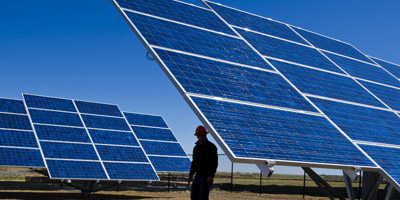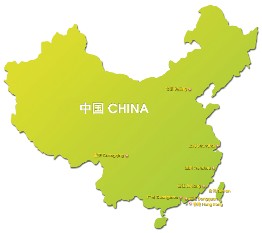Fact Sheet: China Emerging as New Leader in Clean Energy Policies

Fact Sheet: China Emerging as New Leader in Clean Energy Policies

OVERVIEW
In the last two years, China has implemented a series of ambitious clean energy policies that will help to dramatically reduce the growth of the country's energy consumption and greenhouse gas emissions. For example, its Top-1000 Enterprise Program, explained in more detail below, will reduce more carbon at a faster rate than most western energy initiatives underway today. These policies are also advancing new technologies, especially in energy efficiency and renewable energy.
China has established the world's most aggressive energy efficiency target, calling for a 20 percent reduction in energy intensity (which is a nation's energy consumption per unit of GDP) between 2005 and 2010. If fully implemented, this target would translate to a reduction of over 1.5 billion tons of CO2 in just five years. In comparison, the EU commitment under Kyoto is about 300 million tons of CO2 between 1997 and 2012.
Cumulative vs. per capita emissions
Due to the way CO2 accumulates in the atmosphere (once present in the atmosphere, it remains for centuries), global warming is determined by cumulative CO2 emissions rather than annual CO2 emissions. In this context, it is important to determine China's cumulative emissions when examining its role in contributing to climate change. Between 1750-2006, China emitted 8.2 percent of the cumulative emissions from fossil fuel use, compared to the US which emitted 27.5 percent, more than three times the emissions of any other country.

As such, U.S. cumulative emissions have made a much larger contribution to current warming as well as future warming locked-in by past emissions. Currently, international policy recognizes this distinction by assigning a greater responsibility for greenhouse gas reduction to developed countries. 1
China's per capita energy use, which is just one-eighth of the U.S., and one-quarter of the European Union, could easily double or triple in the next few decades, as millions of Chinese move to cities from the countryside and demand basic amenities. That is likely to drive the pace of construction of conventional power plants, until alternative and renewable sources become available at scale.




